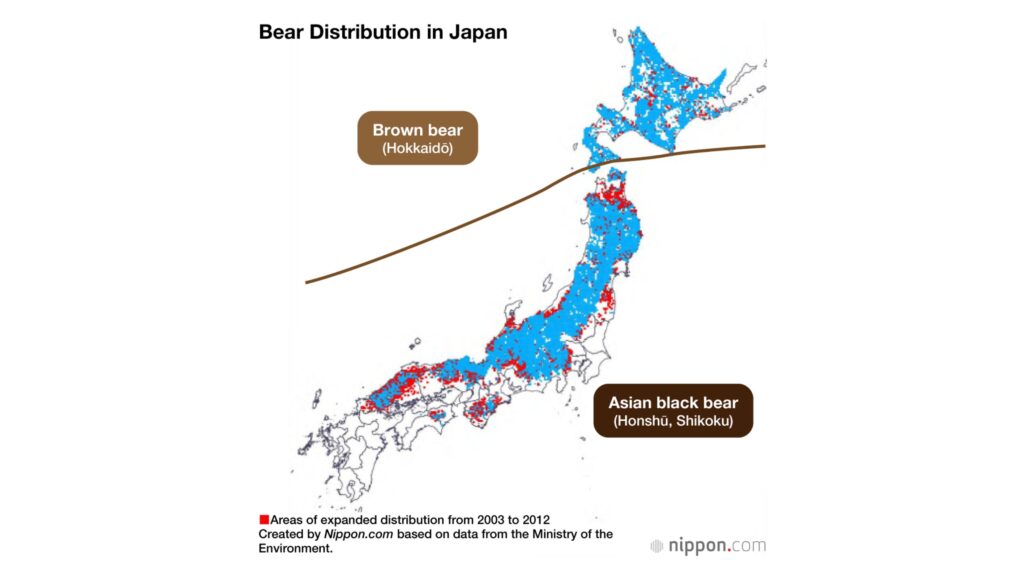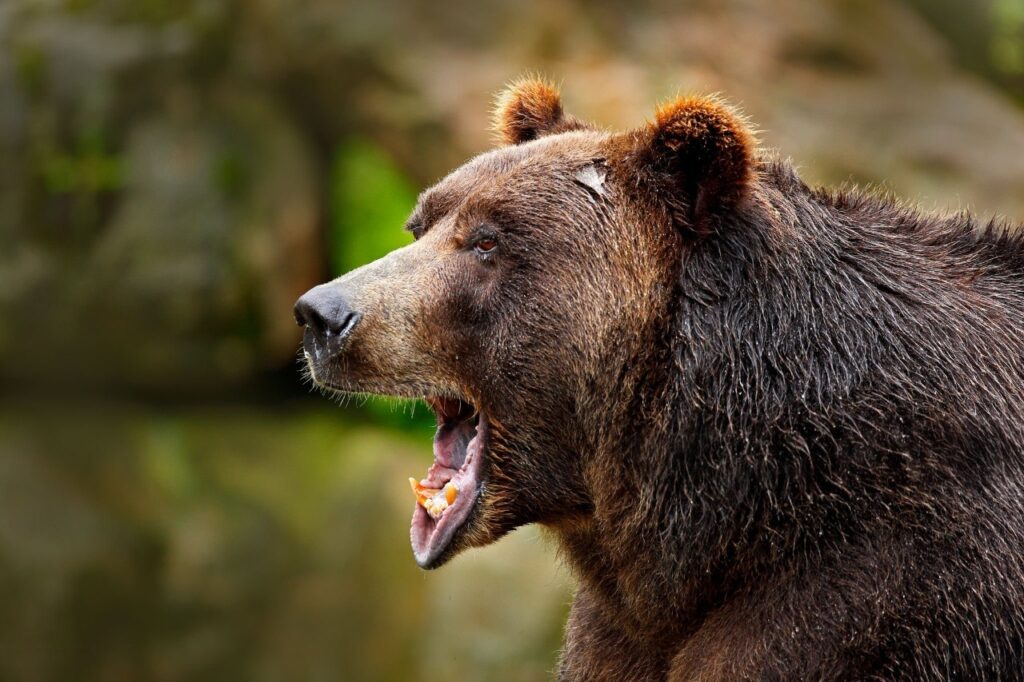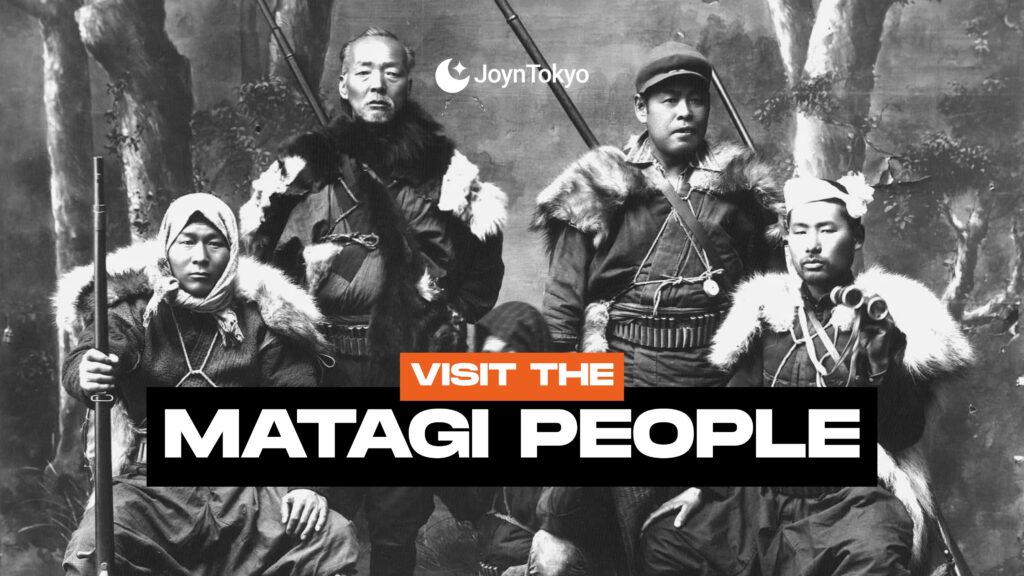Japan is known as one of the safest countries in the world, with very low rates of crime, and violent crime being especially rare. However, there are some things about Japan that are unsafe even beyond the exceptional cases of human flaws. These include natural disasters, including typhoons and earthquakes, but also from animals, and most notably of late: bears.
While the concept of bear attacks may seem outlandish to many, it has become an increasingly pressing issue for many people living here, with a record number of attacks this year, as well as a new high of at least ten fatal attacks. So if you live here, or even if you’re visiting, how can you stay safe from bears in Japan?
Japanese Bear Population (numbers and locations)

First, let’s consider the overall bear population in Japan. Primarily based in Hokkaido and Honshu (particularly in the north), Japan is home to the Japanese black bear. The population of bears has been growing in recent years, now estimated to be around 44,000, while in 2012 the number was as few as 15,000.
These are thanks in no small part to conservation efforts by organizations such as Picchio, which aims to keep the bear population under surveillance, and release trapped bears into the wild if possible, while minimizing interactions with humans, including deliberately (but safely) scaring bears caught near human residential areas. But if this is the case, then why are bear attacks on the rise?
Read More
Where Have Bears Been Attacking?

As one might expect from the population of the Japanese black bear, bear attacks in Japan mainly take place in Hokkaido and the more northerly areas of Honshu: colder locations that are more amenable to the bears’s way of life.
While in the past bear attacks have been primarily on people who surprise the bears when hiking in their territory, recently there have been an increased number of attacks in populated areas that bears have typically avoided, and at times that bears historically haven’t been active. So what’s going on? The bear population has more than doubled, but it’s not at historic highs, and bears generally prefer to avoid contact with people. Why the change? Why now?
Why Are Bear Attacks in Japan More Frequent Now?
Bears have been more active in human residences for a number of reasons. Firstly, as cities expand, they encroach onto bears’ normal habitats, naturally bringing them into closer contact with humans. Additionally, climate change means that, with warmer weather, bears are hibernating for less time, and so the chances of encounters rises.
However, as mentioned, bears are generally reluctant to enter human areas, despite those pressures. They are incentivized now, though, thanks to the bear’s natural diet of nuts and acorns having poor harvests in recent years as a result of global warming. This, combined with human trash that includes delicious waste food, makes them desperate enough to risk encountering people.
Safety Suggestions

If you live in the north of Honshu, or Hokkaido, or are just unlucky enough to encounter a bear in a less prominent area, what should you do?
Advice given by the government is that, if you do see a bear, you should avoid eye contact, and back away slowly, without turning your back on the bear. In the event that a bear does attack, you should lie on the ground and protect your head and neck.
As far as preventative measures, if you are in an area that is known to have a significant population, it is a good idea to wear bells. The noise of the bells will alert any bears to your presence, meaning they won’t be taken by surprise if they encounter you, making them less likely to attack. It is also a good idea to carry bear spray, if you live in such an area.
You should also avoid giving a bear — even a cub — food if you find it. Bears are smart enough to make the association of humans with food if they are fed, which will make them more likely to seek out people for their next treat.
How Are Bears Being Handled by the Government?
One issue that runs alongside the issue of an increasing (and increasingly bold) bear population is the lack of licensed bear hunters in Japan. We have previously discussed the Matagi people, based in northern Honshu, and who have a long history of bear hunting as part of their culture. However, the government is intending on training and licensing more hunters to help keep the population in check.
Read More
Despite the record number of attacks, and the commensurate record in fatalities, bear attacks in Japan are still a rarity. Our ursine cousins don’t generally like to approach us, and typically only attack out of fear and surprise. But if you live in one of the beautiful snow-swept prefectures in the nation’s north, it will behoove you to keep your wits about you, and remember that you may be sharing your space with noble, yet hungry, wild animals.









